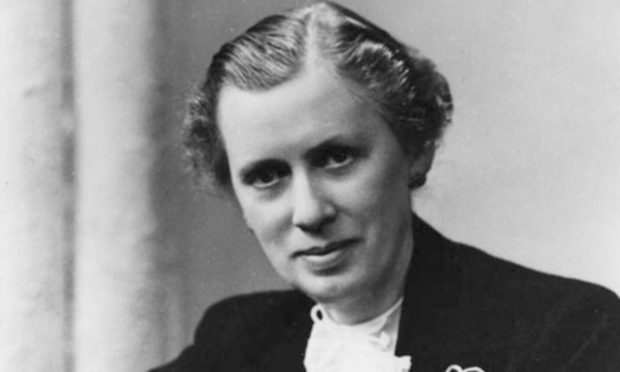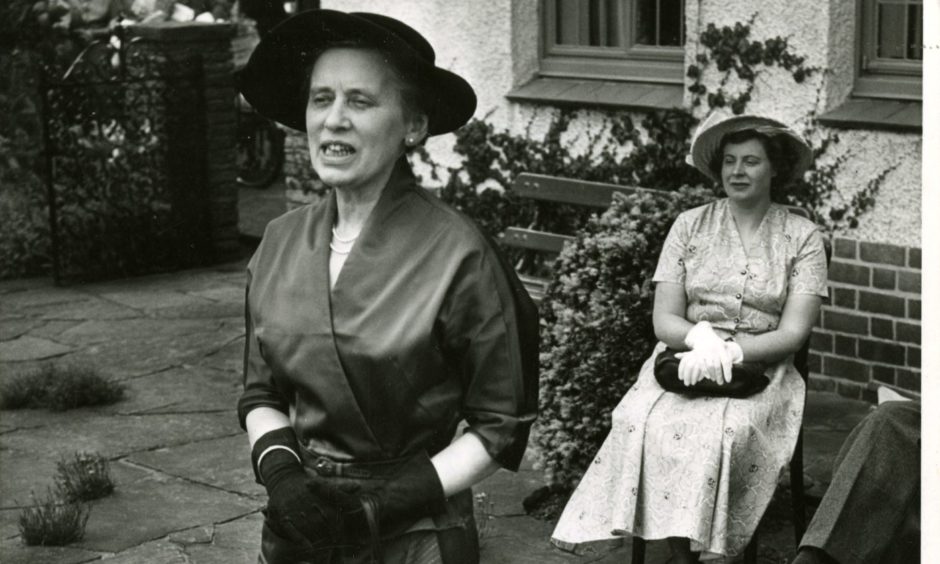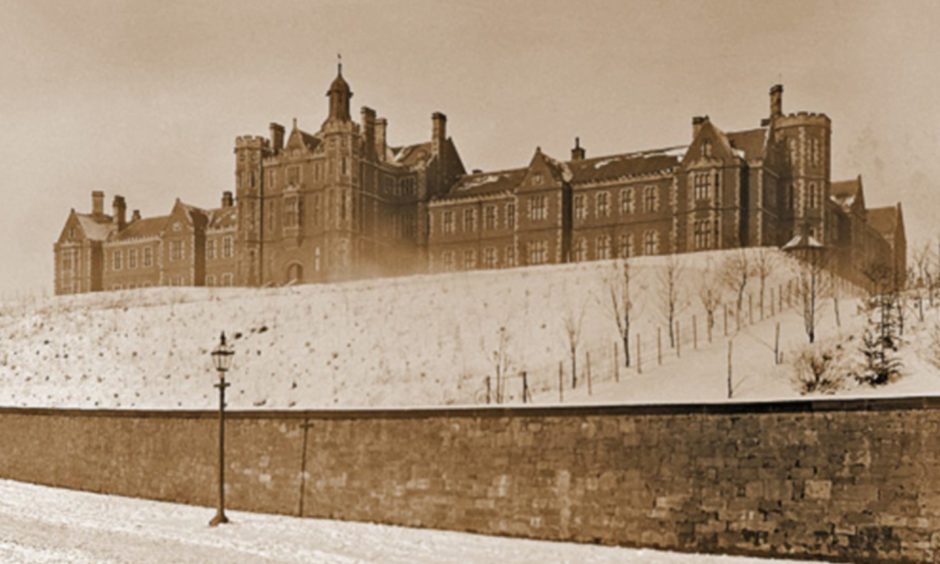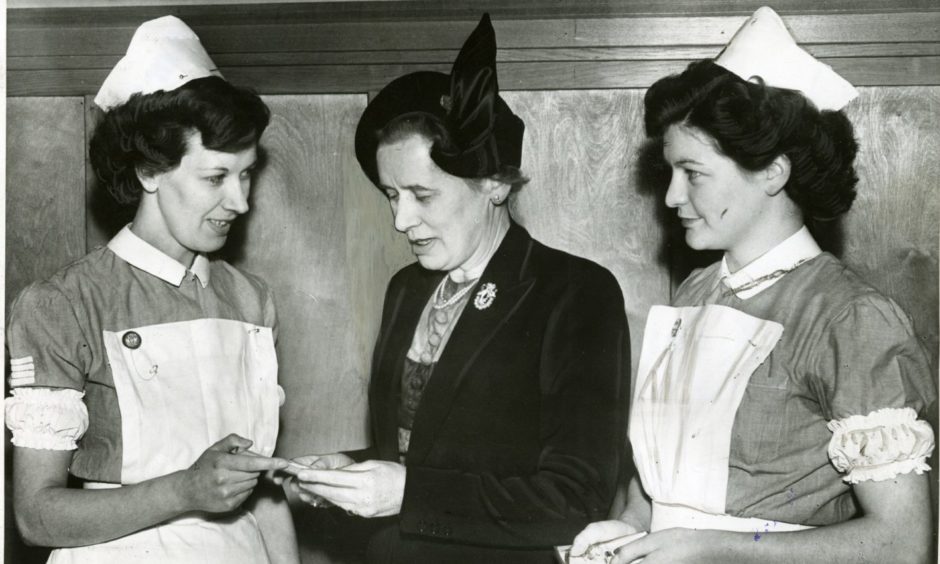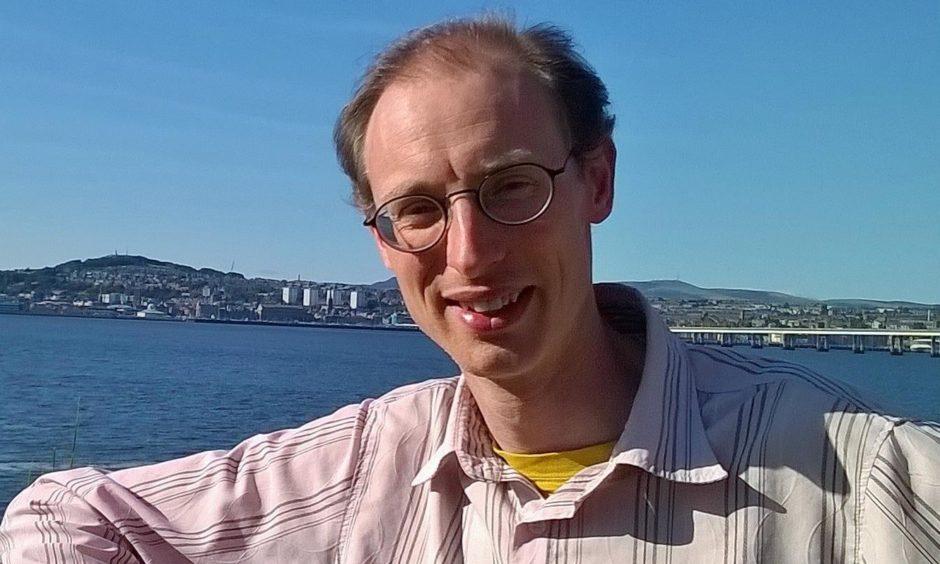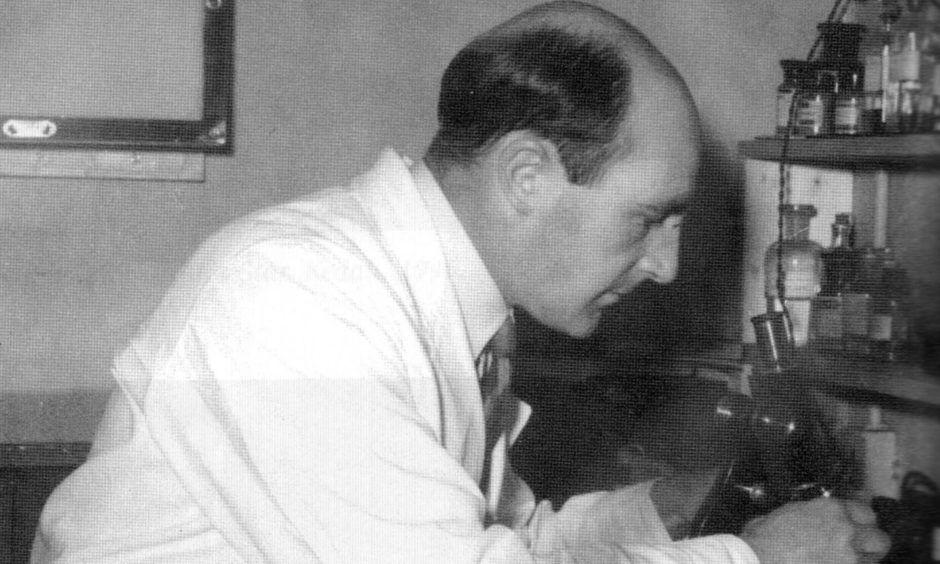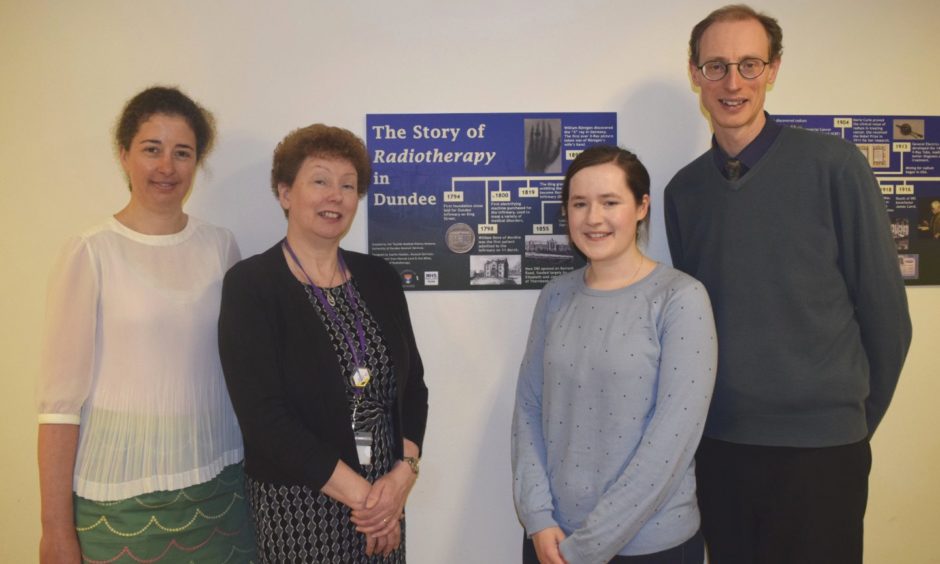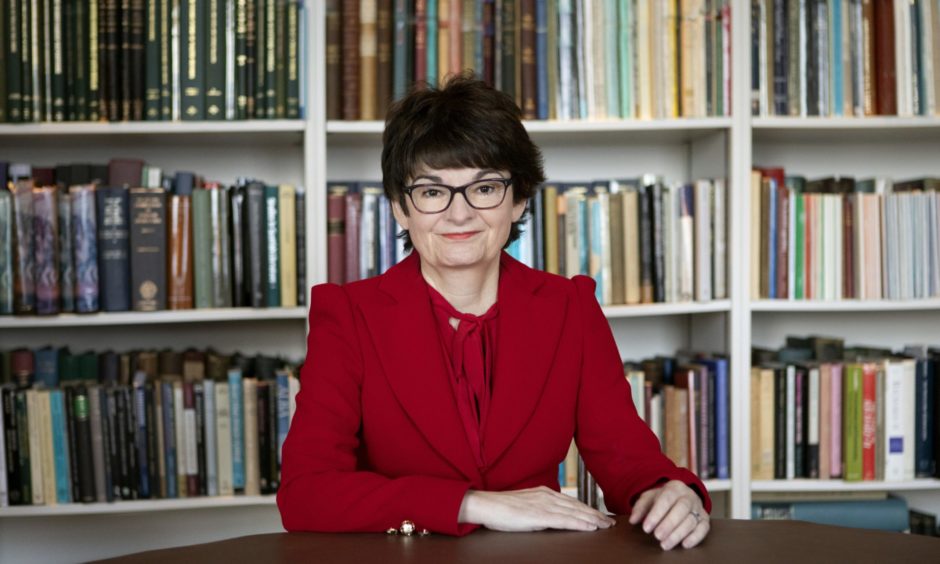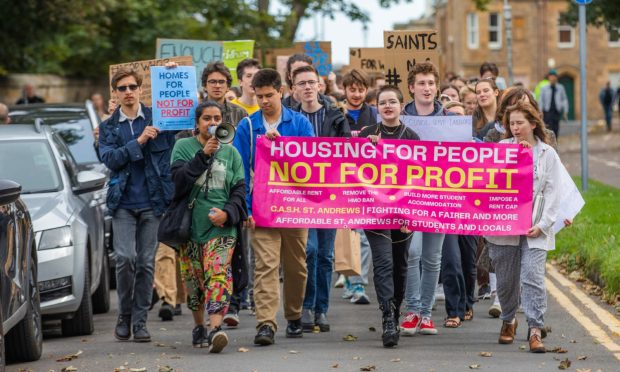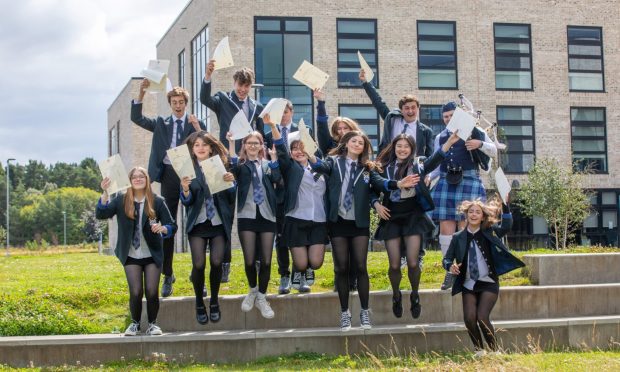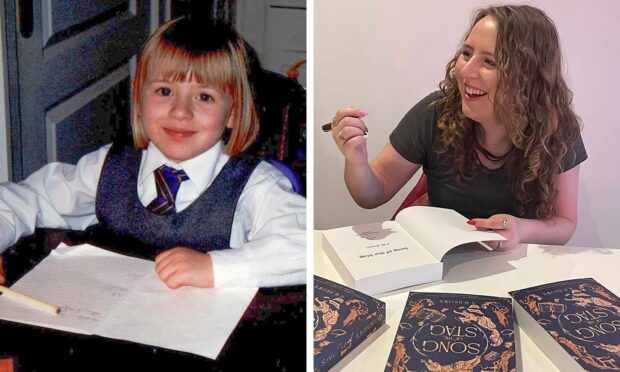It’s 80 years since Margaret Fairlie became Scotland’s first woman professor after facing huge levels of discrimination. Gayle Ritchie explores the pioneering Angus-born medical scientist’s life and legacy.
As job titles go, being Scotland’s very first woman professor is a fairly lofty one.
Margaret Fairlie was a pioneer in her field – but she faced huge discrimination as a woman in a male-dominated field.
Fairlie became the country’s first female professor – after a four-year battle – when she was given the Chair of Obstetrics and Gynaecology at the Dundee medical college of the University of St Andrews in 1940.
She went on to inspire women across the globe to persevere and strive for the positions they deserve.
Born in 1891, Fairlie grew up on a farm at West Balmirmer, between Carnoustie and Arbroath.
She went to Arbirlot School before coming to Dundee to attend Harris Academy.
From 1910 she studied at the Medical School in Dundee, then part of the University of St Andrews.
She graduated with a Bachelor of Medicine and Surgery in 1915, a time when it was “positively indecent to lecture to a woman in physiology and anatomy”, according to an unnamed professor.
She then worked in Dundee as Professor of Midwifery and Gynaecology, and was known by her awed colleagues as “Madam”.
During the First World War, Fairlie drove ambulances for the Scottish Women’s Hospital at Royaumont and undertook specialist training in obstetrics and gynaecology in Manchester.
She returned to Dundee in 1919 and set up a consultant gynaecological practice, while also acting as honorary physician to Dundee Infant Hospital in Broughty Ferry.
In 1925 she became an assistant at Dundee Royal Infirmary’s department of Obstetrics and Gynaecology and began teaching clinical gynaecology in the Medical School in 1931, when she was also appointed assistant to the Professor of Midwifery.
Five years later she became head of the department at DRI on the retirement of Professor John McGibbon.
“That would normally have led automatically to her being appointed Professor in the Medical School in his place, but although staff at DRI and University College Dundee were willing, senior staff at the University of St Andrews were reluctant to appoint a woman,” explained Matthew Jarron, the University of Dundee’s curator of museum services.
“It took four years to get them to agree, but her eventual appointment in 1940 marked the first time a woman was appointed professor in a Scottish university.”
By receiving her rightful appointment, Fairlie made history and became Scotland’s first female professor.
It’s worth noting that while Fairlie is often described as Scotland’s first female professor, technically she was only the first in a university,” said Matthew.
“The Glasgow Athenaeum School of Music had appointed Emma Ritter-Bondy as Professor of Piano in 1892, but they were not a university and their professors presumably did not have the same academic standing.
“University College in Dundee was renowned for its progressive approach, having been founded by a woman, Mary Ann Baxter, on the principal that all students, male or female, would have equal educational opportunities.”
However, that view was not shared by many male staff.
“One of Fairlie’s main colleagues in the Obstetrics and Gynaecology department, Alexander E Chisholm, wrote privately that the DRI directors, ‘have done a deed of perfidy’ by recommending her appointment as professor,” said Matthew.
“At her induction, the principal of St Andrews, Sir James Irvine, boasted that this was a pioneering move for the university, though it is has been suggested that he was one of the main opponents of her appointment!”
The significance of the appointment was not lost on the press.
On June 12 1940, The Courier carried the headline: “Scotland’s First Woman Professor” and the story was widely reported across the UK.
At the time of her retirement, in 1956, she remained the only female Scottish university professor.
It would be another two years before the University of Edinburgh would appoint its first woman to a chair and a further 22 years before Glasgow followed suit.
Fairlie also acted as honorary gynaecologist to hospitals throughout Angus, ran an antenatal clinic in Nelson Street in Dundee and was actively involved in Dundee Women’s Hospital.
She was also warden of West Park Hall of Residence for female students and was active in supporting the student medical society.
‘She purchased radium from her own savings’
A visit to the Marie Curie Foundation in Paris in the mid-1920s introduced her to the clinical applications of radium.
She pioneered its use in Scotland to treat malignant gynaecological diseases.
“Its considerable cost was often beyond DRI’s budget so she purchased radium from her own savings and is said to have stored it in a metal container in the meat store in her home on Windsor Street!” revealed Matthew.
“When the Second World War broke out, all radium in the local area was collected up in case of invasion and buried in the Sidlaw Hills – it may still be there somewhere today!
“Her radium work was particularly important to her – she later wrote: ‘One aspect of my work which has given me especial satisfaction and delight has been my continuity with the patients who attend the radium follow-up clinic… some of whom have been coming for 20 years. The atmosphere at this clinic is one of trust, gratitude and mutual affection.’”
Fairlie also developed the forerunner of today’s vaginal smear tests for cancer diagnosis, punched-card record systems for maternity cases and was partly responsible for the beginnings of Dundee’s world-renowned teaching hospital.
She became a Foundation Member of the Royal College of Obstetricians and Gynaecologists in 1929 and was elevated to the Fellowship of the college in 1936.
Outside interests
Fairlie never married but had many interests outside her work.
She loved to travel and visited many European countries for holidays.
She was engaged to her colleague at DRI, Dr Lloyd Turton Price, Professor of Surgery, but he died following a surgical operation in 1933, shortly before they were due to be married.
“He left his entire estate to her,” said Matthew.
As well as being a keen gardener and painter, Fairlie loved animals and owned a pet parrot.
And one of her paintings is held by the Tayside Medical History Museum at Ninewells.
“She was known universally to colleagues and students as ‘Madam’,” said Matthew.
“One matron asked her: ‘Do you think if all the babies you delivered were laid top to tail they would reach from Dundee to Perth?’ Her reply was ‘Yes – and heading for Scone!’”
It was while on holiday in Florence that Fairlie fell ill, returning home to pass away in 1963.
Tribute
Today, Fairlie is commemorated by two plaques – one in Discovery Walk at Slessor Gardens, and one as part of the Dundee Women’s Trail opposite the entrance to the former Dundee Royal Infirmary.
The University of Dundee holds a regular Margaret Fairlie Lecture in her honour.
But perhaps the greatest tribute was from one of her patients, who wrote: “She gave me the will to live”.
Professor Sally Mapstone is Principal and Vice-Chancellor of the University of St Andrews, the second woman in succession to hold this role there.
She said we must never forget what it took for women like Fairlie to achieve such success “against the grain”.
“Margaret Fairlie was a trailblazer in medicine and in women’s education,” said Professor Mapstone.
“The University of St Andrews is proud to be associated with the first woman to hold a Professorial Chair at a Scottish university, who was also a graduate of our university.
“She demonstrated that women have every prerequisite to excel on a level with men when they are afforded the opportunities to do so.
“Margaret’s life and work were transformational for her specialist subject of gynaecology, and indeed, for the Scottish academy more broadly.
She demonstrated that women have every prerequisite to excel on a level with men when they are afforded the opportunities to do so.”
“We must never forget what it took for women like Margaret to achieve such success against the grain; she remains inspirational in a world and a sector where there is still much more to be done for equality and diversity.”
